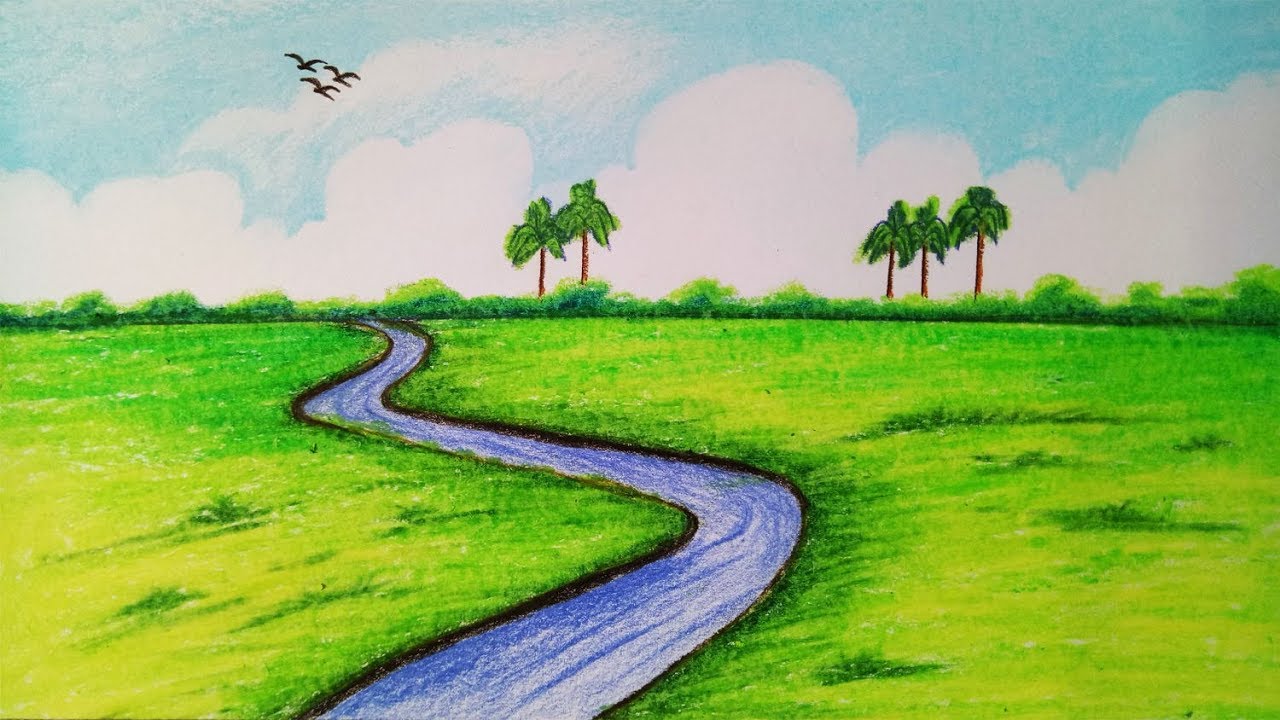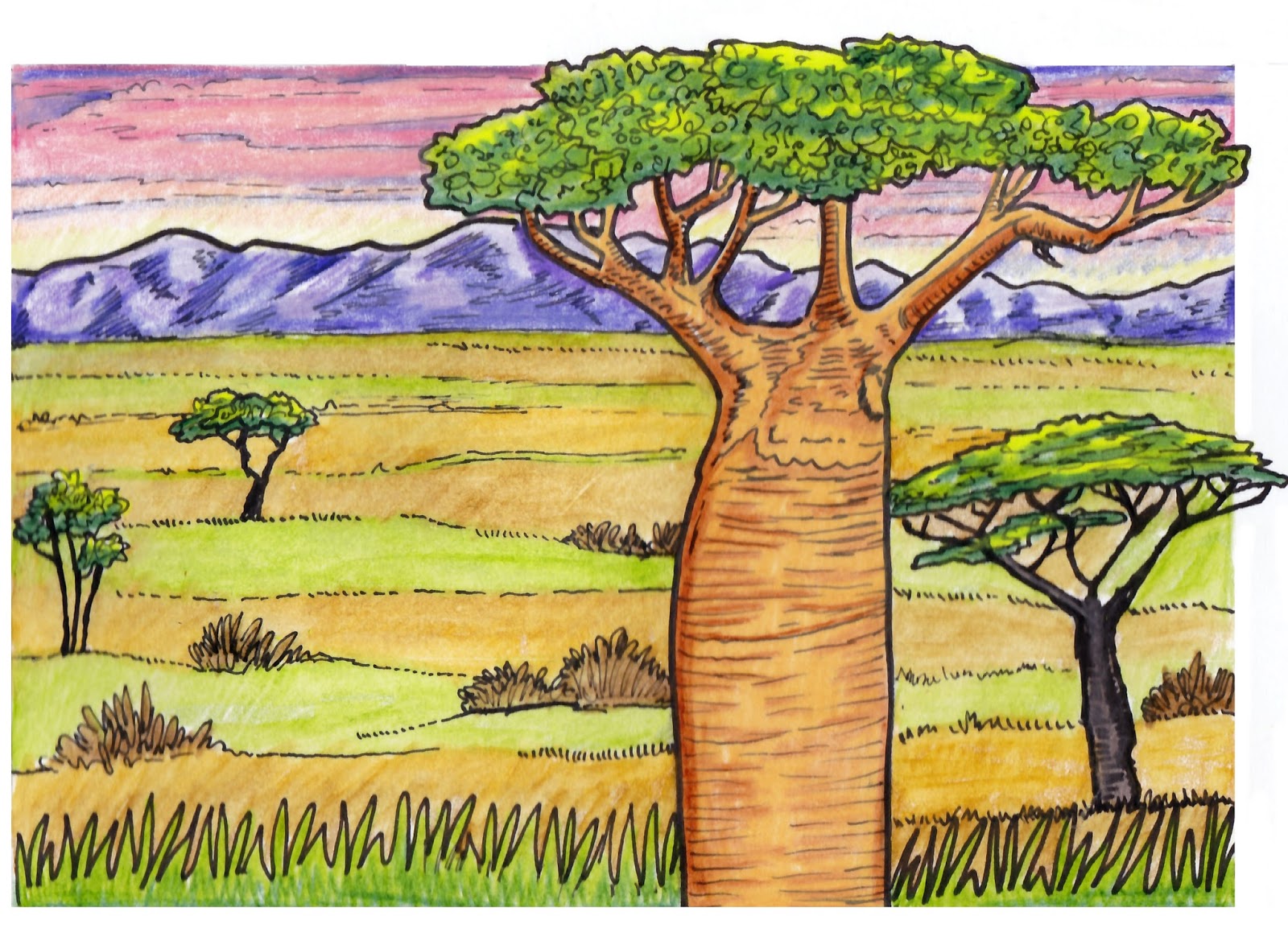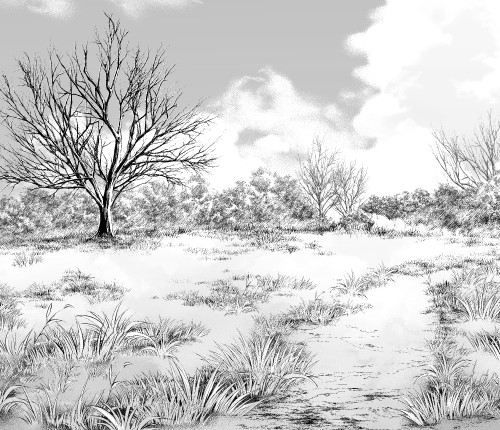Draw grassland animals learn to draw doug dubosque 0035313317699
Table of Contents
Table of Contents
Do you want to learn how to create realistic and stunning drawings of grasslands? Drawing a grassland can seem intimidating, but with a few simple steps, anyone can do it with ease. In this blog post, we will guide you on how to draw a grassland from scratch, with helpful tips and tricks to make your artwork stand out.
Pain Points of Drawing a Grassland
One of the biggest pain points when it comes to drawing a grassland is making it look realistic. It can be challenging to know where to start, what colors to use, and how to create texture. Another issue can be creating depth and perspective, as the grassland can easily look flat and one-dimensional without careful attention.
Answering the Target - How to Draw a Grassland
To draw a grassland, you’ll need to have a selection of pencils, ranging from B to 8B, several sheets of paper, and an eraser. When drawing a grassland, start with the sky and clouds to give your artwork depth. Use long, gentle strokes to color in the sky, and keep the clouds simple but impactful. Then, start working on the foreground, drawing grass blades of various lengths and colors. Layer different shades on top of each other to create a 3D effect, and use circular and directional strokes to vary the texture. Finally, add any animals or additional plants to bring the drawing to life.
Summary of Main Points
By using a selection of pencils, focusing on depth and perspective, and creating variation in texture and color, you can create a realistic and stunning drawing of a grassland. Remember to start with the sky and clouds and work your way down, layering different shades and using various strokes to create texture.
How to Draw a Grassland - Personal Experience
When I first tried to draw a grassland, I found it challenging to make the blades of grass look natural and varied. After doing some research, I realized that using different pencil strokes and layering various shades could make all the difference. By using circular and directional strokes and overlapping different shades of green and yellow, I was able to create a realistic and textured grassland. Adding animals and plants also helped bring my drawing to life.
 How to Draw a Grassland - Additional Tips
How to Draw a Grassland - Additional Tips
One way to create more depth and perspective in your drawing is to vary the size and distance between the blades of grass. Use longer blades in the foreground to create the illusion of closeness and shorter blades in the background to give the artwork a sense of depth. Additionally, adding small flowers or rocks can also create interest and texture in your drawing.
 ### Using Reference Materials
### Using Reference Materials
Another helpful tip when drawing a grassland is to use reference materials, such as photographs or other artwork, to guide you in creating an accurate and detailed drawing.
Adding Shadows and Highlights
Shadows and highlights are crucial in making your grassland look realistic. Use darker shades of green and black to create shadows under trees or animals and lighter shades of green and yellow to add highlights to the blades of grass in areas where the sun would naturally hit.
 Personal Experience - Adding Depth with Perspective
Personal Experience - Adding Depth with Perspective
One way I’ve found to create more depth and perspective in my grassland drawing is to use different shades of green to create shadows and highlights. By using darker shades in the foreground and gradually getting lighter towards the background, I was able to create the illusion of distance and depth. Adding trees or other objects in the background also helped create a sense of space and atmosphere.
Question and Answer
How do you make the grass in a grassland look more realistic?
By using circular and directional strokes and overlapping different shades of green and yellow, you can create a realistic and textured grassland.
What are some tools needed to draw a grassland?
You’ll need a selection of pencils, ranging from B to 8B, several sheets of paper, and an eraser when drawing a grassland.
How do you create depth in a grassland drawing?
Use longer blades in the foreground to create the illusion of closeness and shorter blades in the background to give the artwork a sense of depth. Additionally, adding small flowers or rocks can also create interest and texture in your drawing.
What are some common mistakes to avoid when drawing a grassland?
A common mistake is making the grassland look flat and one-dimensional without any variation in color or texture. Another mistake is not paying attention to details, such as shadows and highlights, or not using reference materials to guide you in creating an accurate and detailed drawing.
Conclusion of How to Draw a Grassland
By using a selection of pencils, focusing on depth and perspective, and creating variation in texture and color, anyone can create a stunning and realistic drawing of a grassland. Whether you’re a beginner or an experienced artist, following these tips and tricks will help take your artwork to the next level.
Gallery
Grassland Drawing At PaintingValley.com | Explore Collection Of

Photo Credit by: bing.com / drawing grassland stream draw easy scenery step drawings mountain paintingvalley
Draw Grassland Animals (Learn To Draw): Doug Dubosque: 0035313317699

Photo Credit by: bing.com / draw grassland animals learn amazon 2000 september
Grassland (2020) Drawing By Liliya Rodnikova | Sky Artwork, Drawings

Photo Credit by: bing.com / grassland artfinder
Grassland Drawing At GetDrawings | Free Download

Photo Credit by: bing.com / grassland drawing ecosystem grasslands savannah getdrawings
Fastest Way To Complete Simple Work! How To Draw Grassland Using A

Photo Credit by: bing.com / grass grassland draw manga simple brush short work materials fastest complete using way
 How to Draw a Grassland - Additional Tips
How to Draw a Grassland - Additional Tips Personal Experience - Adding Depth with Perspective
Personal Experience - Adding Depth with Perspective




